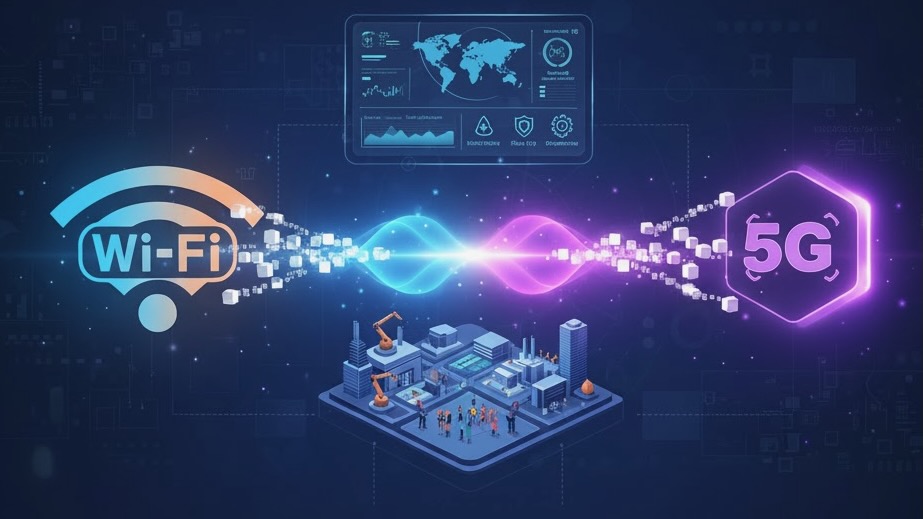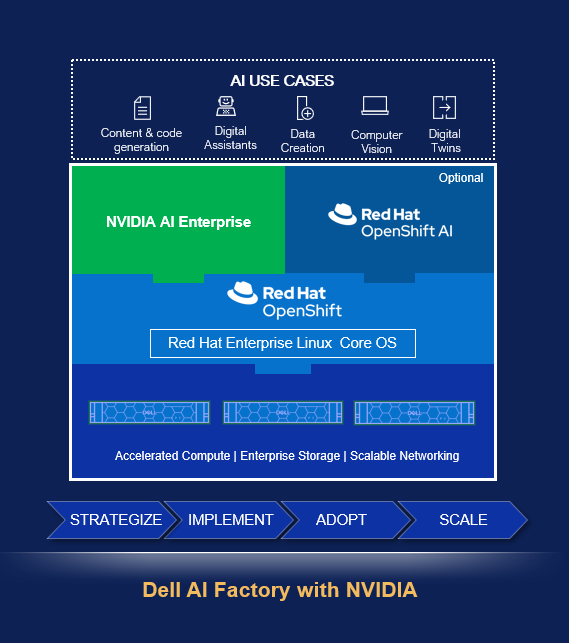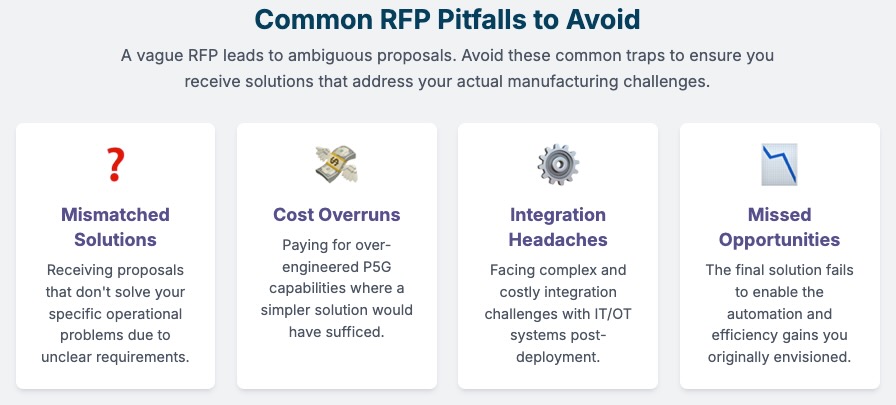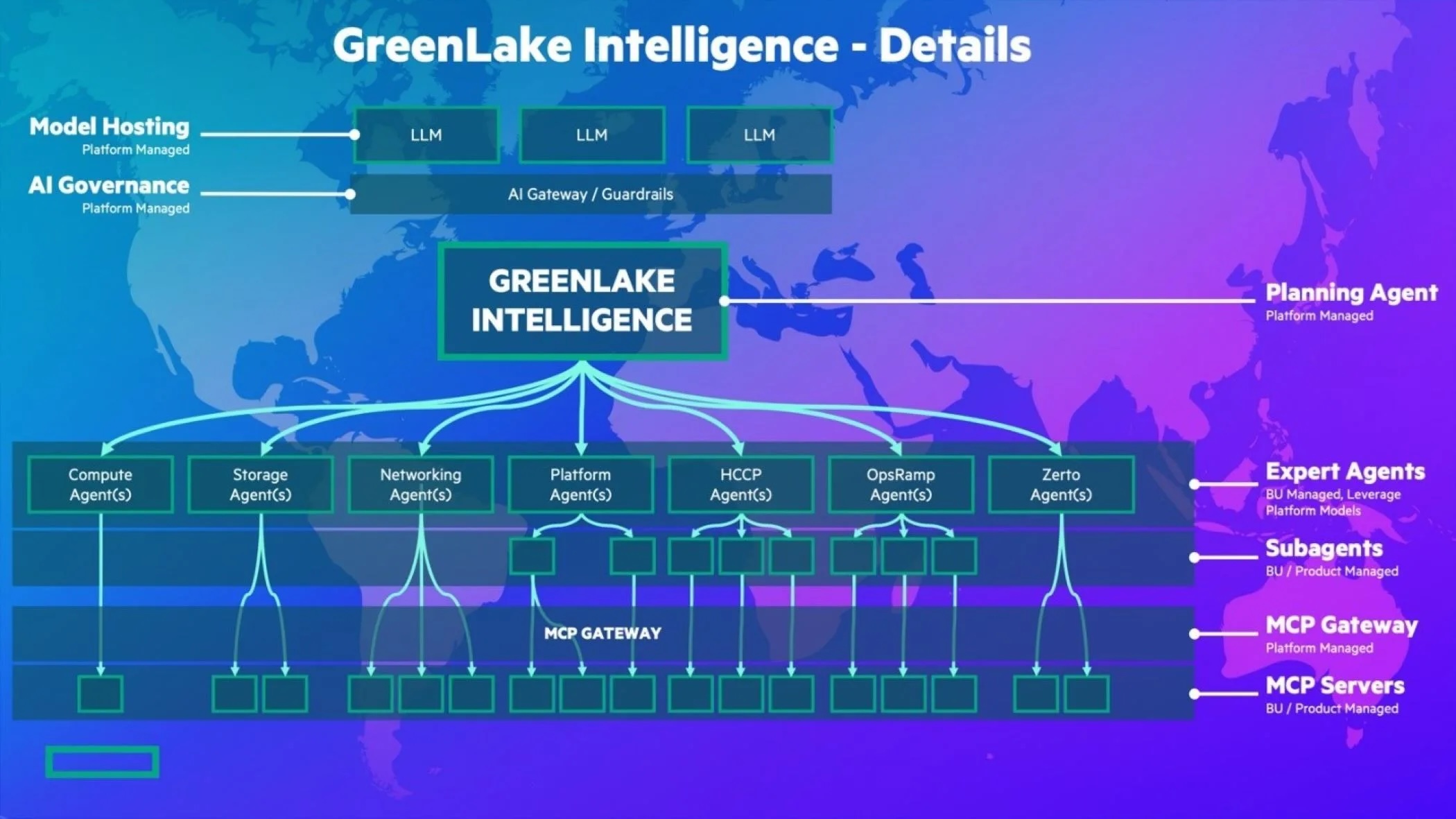The promise of Private 5G (P5G) is tantalizing for enterprises, particularly in mission-critical industrial and campus environments. It offers guaranteed Quality of Service (QoS); ultra-low latency; and massive device density; all capabilities that traditional Wi-Fi sometimes struggles to deliver at scale. Yet, despite the clear benefits, P5G adoption remains hesitant. One of the primary reasons? The persistent, problematic divide between an enterprise’s established Wi-Fi/ wired infrastructure and emerging private cellular networks. The pressing question for IT leaders: Is now the time to converge P5G with Wi-Fi into a unified enterprise wireless fabric?
The Siren Call of Private 5G and the Enterprise Reality
For large Fortune 500 companies, especially those heavily invested in Industry 4.0 initiatives, P5G isn’t a “nice-to-have”; it’s a “must-have” for applications like autonomous mobile robots (AMRs), real-time video analytics, and untethered industrial controls. Wi-Fi 6, 6E, and now Wi-Fi 7 have certainly pushed the boundaries of performance, but P5G shines in deterministic connectivity, wide-area mobility without handoffs, and inherent security of hardware based (SIM) authentication, all within a dedicated spectrum (CBRS in the United States).
However, a critical challenge persists: how do you manage two entirely separate wireless networks? Enterprise network support teams are already stretched, focusing on strategic automation (AIOps) and leveraging Managed Service Providers (MSPs) to offload complexity. Introducing a completely distinct cellular network, often from a different vendor with its own management plane, authentication, and security policies, runs counter to this drive for simplification and efficiency.
The “Bolt-On” Problem: Leading Vendors and Their P5G Dilemma
Many of the top networking companies, even those deeply entrenched in enterprise IT, are currently offering P5G solutions that feel more like “bolt-ons” than truly integrated parts of their existing portfolio. This fragmented approach creates significant headaches for enterprise IT:
- Cisco Systems: While Cisco has a Private 5G offering, it has been characterized by complexity and a lack of seamless integration with its vast enterprise networking ecosystem (e.g., identity and access management solutions like Cisco ISE). Their P5G often feels like a separate cellular division’s product rather than an extension of their Meraki or Catalyst lines. This results in dual support issues, where IT teams grapple with two distinct management interfaces, different security policies, and conflicting operational workflows.
- HPE Aruba Networking: HPE has made strides by acquiring Athonet, a mobile core provider, and integrating it into Aruba Central. This is a step towards convergence, but it still often requires managing cellular components that are distinctly different from their Wi-Fi access points, demanding specialized skills. While more integrated than some rivals, the underlying architecture still presents challenges for a truly unified operational model across both Wi-Fi and private cellular.
- Juniper Networks / Nokia (Post-Acquisition Realignment): This case exacerbates the “bolt-on” problem by introducing vendor instability and fragmentation for what was a foundational component. Hewlett Packard Enterprise (HPE), following its acquisition of Juniper Networks, subsequently licensed Juniper’s RAN Intelligent Controller (RIC) technology, a key AI-driven 5G automation component, to Nokia. This transfer effectively removes a core 5G networking intelligence asset from a major enterprise vendor (HPE/Juniper) and consolidates it within a traditional telecom-focused vendor (Nokia). For enterprise customers, this means:
- Increased Vendor Complexity: Any unified Private 5G vision involving Juniper’s AI-driven platform is now complicated by a third party (Nokia) holding the underlying intelligence technology.
- Management Silos Deepen: While Juniper’s enterprise solutions (like Mist AI) remain, the crucial cellular intelligence layer is now managed by a vendor whose enterprise solutions are distinct from traditional IT. This further reinforces the separation between enterprise Wi-Fi/wired management and the cellular control plane, creating a deeper technology split where convergence was the goal.
- Other Players (e.g., Ericsson, AWS Private 5G): Many solutions still stem from a telecom-centric background, emphasizing cellular protocols over enterprise IT manageability. This means disparate authentication systems (e.g., SIM-based vs. 802.1X), separate security stacks, and different troubleshooting tools.
The lack of native integration from established enterprise networking giants means that many P5G deployments essentially become separate, specialized networks often owned, managed, or heavily reliant on partners, either MSP’s, the P5G vendor themselves, or a telecom service provider. This creates dual support challenges, increased training costs, and a longer mean time to resolution (MTTR) when issues inevitably arise.
Acquisitions: The Path to True Convergence
The clearest path to resolving these dual support issues and achieving genuine convergence lies in strategic acquisitions. Large enterprise networking players, or even industrial automation giants, need to acquire companies that have developed enterprise-friendly, cloud-native private 5G solutions from the ground up.
An acquisition allows for:
- Unified Management: Integrating the private 5G core and radio access network (RAN) management into existing enterprise network management platforms (like Cisco DNA Center, Aruba Central, or Juniper Mist).
- Single Pane of Glass for Policy & Security: Centralizing authentication, authorization, and security policies across both Wi-Fi and private cellular, leveraging familiar tools like Network Access Control (NAC) and Secure Access Service Edge (SASE).
- Streamlined Operations: Eliminating the need for separate operational teams and specialized skill sets for each wireless technology, allowing existing IT staff (now more efficient due to AIOps) to manage a converged wireless fabric.
The trend for large enterprises is unmistakably toward simplification, automation, and leveraging MSPs for complex, converged solutions. The current “bolt-on” nature of most P5G offerings undermines this strategy. Therefore, the time is ripe for strategic acquisitions that can bridge the Wi-Fi and P5G divide, truly converge the wireless experience, and usher in a new era of simplified, high-performance enterprise connectivity.




